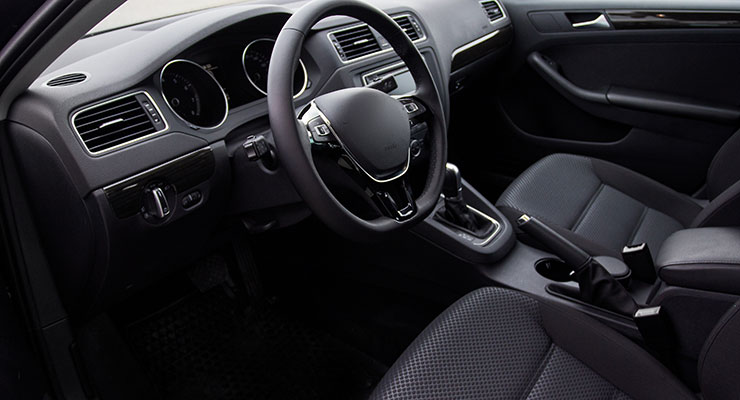Kin Ohmura, Osaka Marketing Service10.30.23
Even though automotives is a major market within nonwovens, volumes have declined significantly since 2020 due to the Covid-19 pandemic. The production volume has reduced as follows: In 2019, 9.6 million vehicles were produced. This decreased to 8 million vehicles in 2020, 7.81 million vehicles in 2021, and 7.83 million vehicles in 2022. Therefore, demand for nonwovens within the automotives market also significantly shrank. Table 1 tracks demand for nonwovens in various subcategories of the automotive market: automotive carpet, headliners and tufted carpet backing. From 2020, automotive production has been declining. Owing to this, the demand volume of nonwovens declined from 82 million square meters in 2019 to 66 million square meters in 2020.
Uses for carpet materials in automotives include the interior floor of the automobile, the trunk and the floor of the luggage space. These applications primarily use needlepunched nonwovens. In terms of the interior of the automobile, even though it competes with tufted carpet, demand for nonwovens is overwhelmingly stronger than it is for tufted carpet materials. The headliner is a liner material which can stick onto the surface of the automotive interior roof. This is usually made from a tricot or needlepunched nonwoven, which accounts for 70% of demand. The PET spunbonded nonwoven is used for the tufted carpet backing. Demand volume of the backing has been declining because the carpet which is used for the automotive interior transferred from the tufted to the needlepunched nonwoven.
Many companies produce needlepunched nonwovens for the carpet such as Otsuka, Sunchemical, Suminoe Textile, Toabo Material and Kureha. Materials made from these five companies accounts for 66% of the share. In terms of the nonwoven for the roof liner, six companies produce and sell this material. However, the principal producer is Japan Vilene which accounts for 42% of the share. The second largest producer, Otsuka, accounts for 30% of the share. In terms of spunbonded nonwovens for tufted carpet applications, three companies—Unitika, Toyobo and Freudenberg Spunweb Japan—sell it. These three companies account for almost equal share.
Automotive production in Japan began rebounding, increasing significantly, beginning this year. From January to June, the total production volume was 4. 3 million vehicles, showing an increase of 19% from the previous year’s result. If the situation continues, the demand volume of nonwovens shown in Table 1 would recover to reach almost 80 million square meters in 2023.

Uses for carpet materials in automotives include the interior floor of the automobile, the trunk and the floor of the luggage space. These applications primarily use needlepunched nonwovens. In terms of the interior of the automobile, even though it competes with tufted carpet, demand for nonwovens is overwhelmingly stronger than it is for tufted carpet materials. The headliner is a liner material which can stick onto the surface of the automotive interior roof. This is usually made from a tricot or needlepunched nonwoven, which accounts for 70% of demand. The PET spunbonded nonwoven is used for the tufted carpet backing. Demand volume of the backing has been declining because the carpet which is used for the automotive interior transferred from the tufted to the needlepunched nonwoven.
Many companies produce needlepunched nonwovens for the carpet such as Otsuka, Sunchemical, Suminoe Textile, Toabo Material and Kureha. Materials made from these five companies accounts for 66% of the share. In terms of the nonwoven for the roof liner, six companies produce and sell this material. However, the principal producer is Japan Vilene which accounts for 42% of the share. The second largest producer, Otsuka, accounts for 30% of the share. In terms of spunbonded nonwovens for tufted carpet applications, three companies—Unitika, Toyobo and Freudenberg Spunweb Japan—sell it. These three companies account for almost equal share.
Automotive production in Japan began rebounding, increasing significantly, beginning this year. From January to June, the total production volume was 4. 3 million vehicles, showing an increase of 19% from the previous year’s result. If the situation continues, the demand volume of nonwovens shown in Table 1 would recover to reach almost 80 million square meters in 2023.














